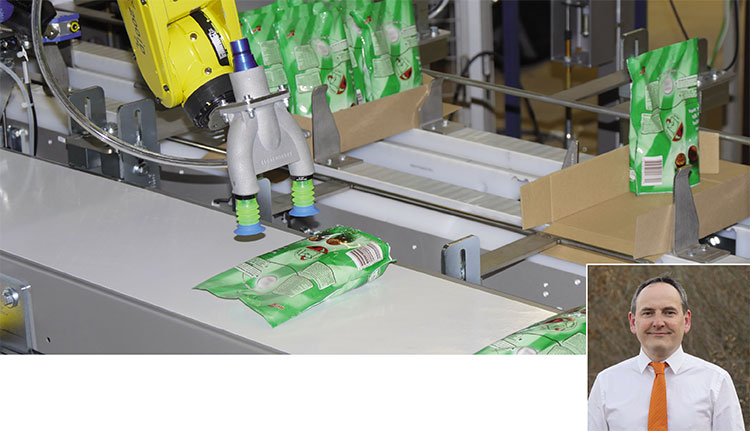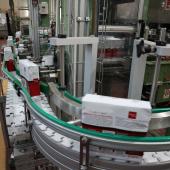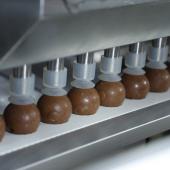Flexible packaging & automatic case packing: Q&A
What are the challenges related to end-of-line automation in the field of flexible packaging for food applications? Etienne Henry, Packaging Business Development Director at Sidel, replies.

Etienne Henry, Packaging Business Development Director, Sidel
In the food industry flexible packaging is growing in popularity worldwide, due to the opportunities it provides from a marketing, profitability and logistics perspective. However, this type of container presents inherent constraints as well as challenges when it comes to automating the packing process. To meet these, Sidel can support its customers in the food sector, helping them make the right choices. Etienne Henry, Packaging Business Development Director at Sidel, shares his expert insights into flexible packaging for food applications.
Why this focus on flexible packaging in these sectors?
According to the latest Smithers Pira report from May 2019, the global volume consumption for flexible packaging will grow at an annual rate of 4% from 2019 to 2024, increasing from 29.9 to 36.4 million tons of these packaging solutions. The use of flexible packaging is growing due to different factors: it brings economic and logistic benefits, it is fully adapted to modern uses and answers needs such as mobility and convenience in the form of ready-to-use products.
Why is secondary packaging such an important factor to master projects for the automation of flexible packaging?
Packing is a core part of the industrial process. Choosing the right secondary packaging is essential for any flexible packaging automation project, as it provides essential protection and stability to compensate for the unstable geometry and obvious lack of resistance or rigidity of flexible packaging.
However, it is key to keep in mind that there is no “one-size-fits all” solution. This is where Sidel can step in, helping customers obtain the best match between primary and secondary packaging solutions, together with the most suitable mechanisation technology.

What value are you as an equipment supplier bringing to this market?
The mechanisation process of flexible packaging can easily present issues when it comes to product handling and packing. This is due to the lightness and deformability of this kind of primary packaging. Its so-called unstable geometry has five major consequences: no accumulation possible, no counter-pressure to seal secondary packaging, no or little resistance to vertical compression of the secondary packaging on the pallet, limited protection of the product inside and risk of causing case crashes and, thus, pallet instability.
Sidel is able to provide several appropriate solutions for secondary packaging, starting with traditional side-loading packers up to more sophisticated systems, enabled by our long-term expertise in robotics.
The experiences gained by Sidel’s numerous food customers are described in detail in a recently produced white paper. Available on the company website (www.sidel.com) and helpful in the construction of a specification document when starting a bidding process, it illustrates the most advanced options and solutions for flexible packaging and secondary packaging in the food industry.



















